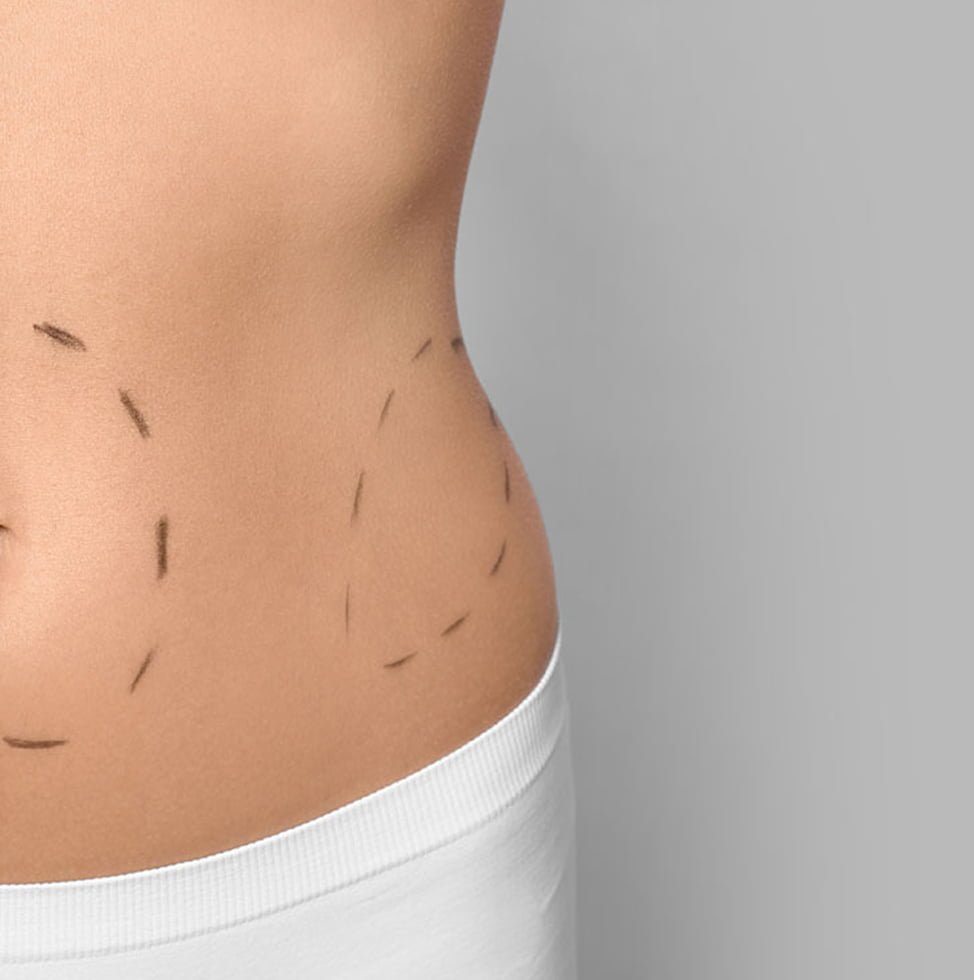In today’s figure conscious society, greater attention is directed to the size and shape of our bodies. In an attempt therefore to control any bodily changes which may occur in this respect, we try to make use of exercise and diet to the best of our abilities.
In some individuals the localized deposits of fat in the abdominal region combined with muscle laxity can make any hopes of a “flat tummy” very difficult to achieve. In women this becomes all the more difficult if stretched and loose skin appears following pregnancy. The children are, of course, worth every inconvenience.
Nonetheless this does not stop us from thinking whether or not anything can be done to improve this.
Am I suitable for Abdominoplasty?
- Women who plan to become pregnant imminently should usually postpone the operation until after their family is complete.
- Heavier patients will be disappointed with the overall result even if surgical measures or altering existing techniques such as extending the incision and liposuction are performed.
- This is because being significantly overweight will still leave you with substantial and significant fullness in the flanks, upper, and mid abdomen and buttocks.
- Furthermore, in overweight individuals there is usually a large proportion of fat deep behind the abdominal muscles among our internal organs.
- This fat is not accessible to surgery and can only be lost with weight reduction measures such as diet and exercise.
- Performing surgery in these situations does not lead to a flat tummy. To avoid this disappointment and to minimize the need for a secondary procedure, the best candidates are men and women who are within several pounds (i.e. 10%) of their ideal weight.
If you are significantly more than this then you will be asked to reduce some weight before going ahead with any surgery. In certain borderline situations however, abdominoplasty can be performed in individuals who are perhaps slightly more than within their 10% of ideal weight (i.e. 15%).
Preparing for Tummy Tuck
- A definite decision can only be made at the consultation after a proper examination. However, broadly speaking, if you have loose muscle and excess skin in both the upper and lower abdominal areas with only modest fat deposits you will most likely require a full abdominoplasty.
- However, you have loose skin confined mainly to the lower abdominal area but have retained good skin and muscle tone above the umbilicus with little or no excess fat, then a “mini tuck” may be used.
- Alternatively, if this is accompanied by modest excess fat in the upper abdomen then.
- Liposuction may be used in conjunction with the “mini tuck” to improve the result. It would be fair to say that the term “mini tuck” is actually a misnomer as the scar is still about 10 inches long and cannot be deemed very “mini”.
- Remember to always be open in discussing your expectations at the consultation. Dr Monisha Kapoor will also be frank with you and together you will work at choosing the procedure that is right for you.
Have a Realistic Approach
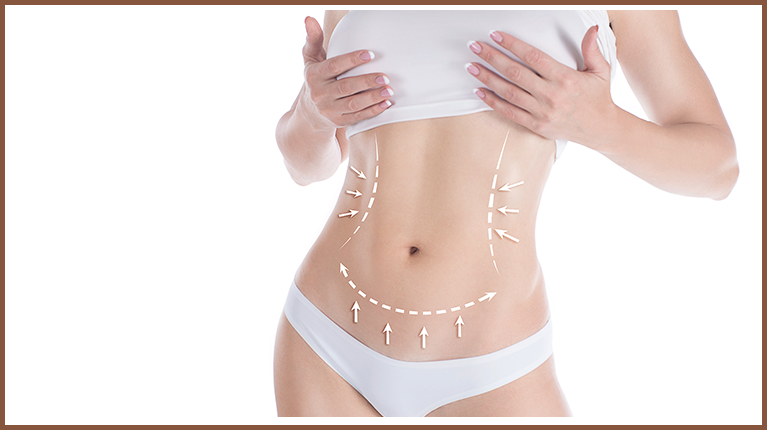
Abdominoplasty can be technically performed with some success, but with the understanding of a couple of provisos. First is that, the result will not be as ideal as it would be by getting you to within your 10% of ideal weight, and that secondly further secondary procedures, i.e. liposuction may be required, or that further weight reduction will be necessary to further improve the result.
Abdominoplasty in these situations is usually performed to basically remove the obviously loose, hanging skin, which does not go with even the most diligent of exercises and diet, and that the hope is that this will act as an incentive or motivation for you to pursue further weight reduction. As mentioned above there are a number of variations in the technique of abdominoplasty. The decision will be based on the quality of your skin, the presence of stretch marks, the laxity of your muscles, and the amount and distribution of fat.
Tummy Tuck
Procedure in India
- Abdominoplasty is usually performed under general anesthesia (completely asleep). You will usually require an overnight stay at the hospital.
- In the full abdominoplasty, you must understand that there is a long incision made within the so called “bikini line” just above the pubic area, from hip to hip. The skin and fat are then peeled off the abdominal wall up to the umbilicus (tummy button).
- At this point a second incision is made around the umbilicus, in a measure to free this from the surrounding tissue.
- Once this is done, the skin and fat layers of tissue (called a flap) initially lifted, is continued to be peeled off the abdominal muscles, leaving the umbilicus on a stalk, and continued all the way up to the border of the lower rib cage.
- The exposed muscles are then tightened as necessary by stitching them together creating a firmer abdominal wall and a narrower waist. The peeled back flap of skin and fat is then stretched downwards towards the initial incision and any extra tissue is removed
- The incision is subsequently stitched closed but not before a new hole has been made for the umbilicus, which as mentioned is sited on a stalk, in order for it to pop through.
- Drainage tubes are usually placed under the skin to collect any excess fluid that may accumulate in the first 24 hours after the operation. These are removed when fluid production has ceased (usually 24-48hrs).
- In the “mini tuck” technique the skin is separated only between the lower incision line just above the pubic region, and an area just below the umbilicus.
The umbilicus is left in place without the need for a further incision. Liposuction may be combined with this procedure if the distribution of fat calls for this.
What to Expect After the Procedure?
- Once you’ve recovered, you will notice a compression garment around your waist and abdomen.
- This is to provide compression of the surgical site to reduce the postoperative swelling and bleeding.
- In addition, you will notice the presence of 2 tubes or drains which are usually placed under the skin to evacuate any fluid buildup following the surgery.
- These usually come out the following day although in situations where there is increased drainage these stay in for an extra day.
- You will find that the abdominal area will be quite uncomfortable and that you will have 1-2 pillows placed behind your knees in order to keep these bent to reduce the tension in your abdominal muscles.
- Likewise, you will need to walk slightly bent forwards once you are up and about, for the first couple of days. You will gradually straighten up after this time.
- All stitches used for this procedure are dissolving and therefore there is no need for any stitch removal.
After Care
Do’s and Don’ts
- If you are a smoker you will be asked to stop smoking well in advance of surgery.
- Smoking seriously constricts blood vessels and therefore decreases blood flow to a given area resulting in poor healing.
- Aspirin and certain anti-inflammatory drugs and other medications (discussed in DO’& DON’TS section) can cause increased bleeding, so you must avoid these.
- A physical examination will determine if you are a candidate for an abdominoplasty procedure. Abdominoplasty should not be performed to correct obesity.
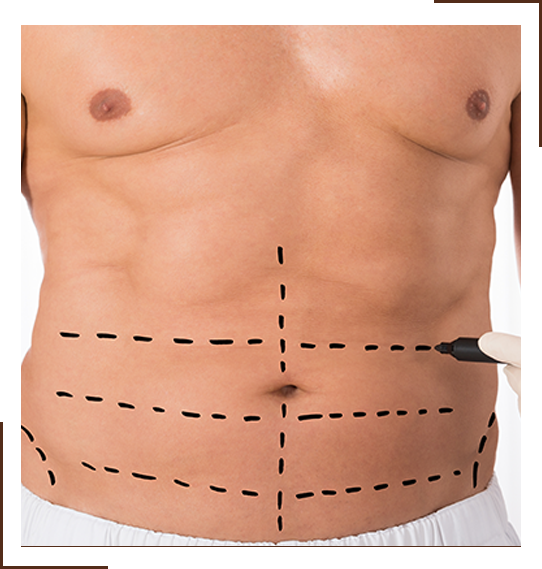
Can I become pregnant
after my abdominoplasty?
Yes, you can become pregnant after an abdominoplasty. Your skin will be capable of stretching and accommodating your enlarging uterus and baby. However, this is not ideal, as further pregnancies will stretch and loosen your skin again, giving rise to unwanted skin laxity and stretch marks. Ideally, it is best to have finished with your pregnancies before undergoing any abdominoplasty procedure.
Just take a glimpse of our treated patients
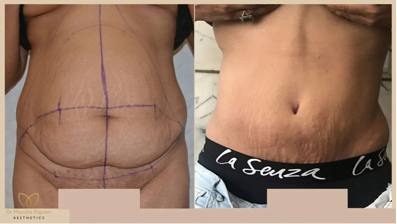
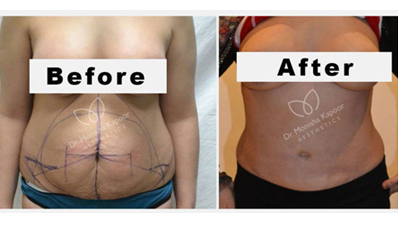
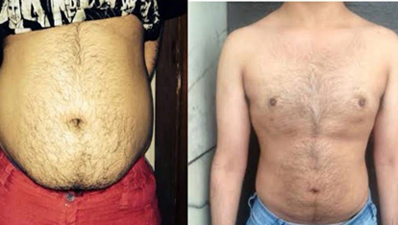
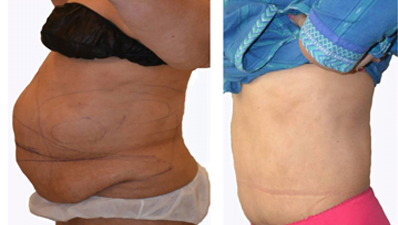
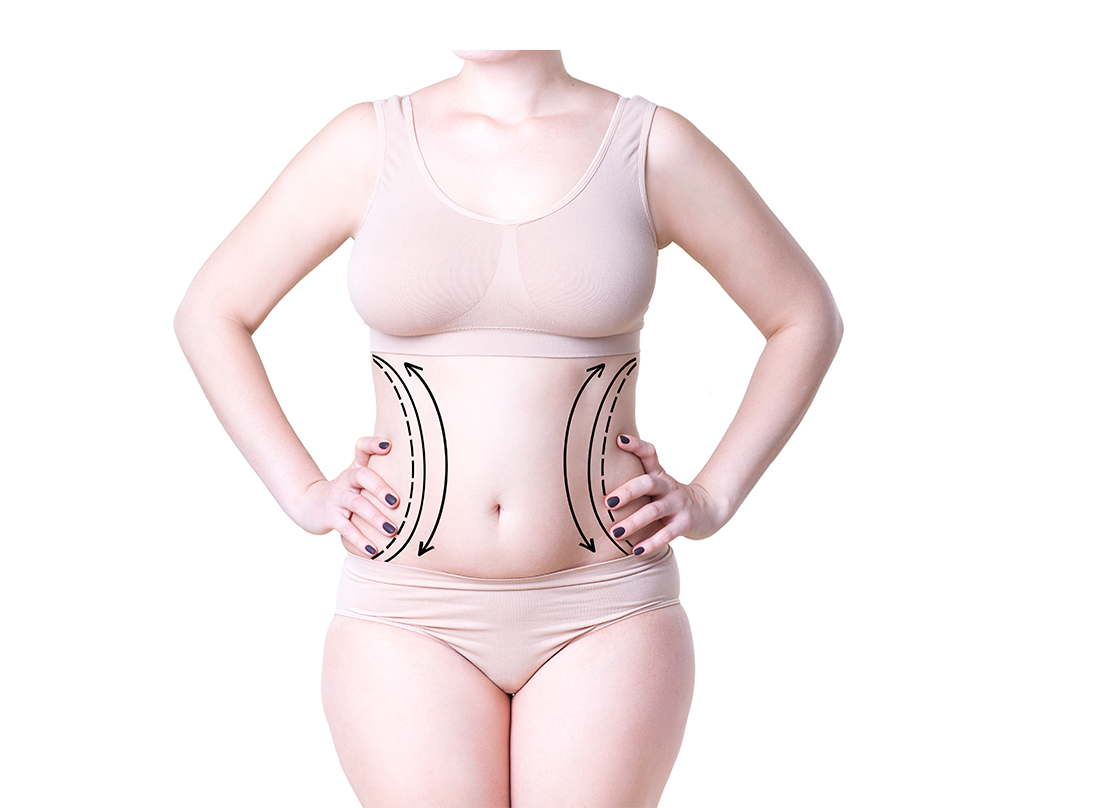
TAKE APPOINTMENT

